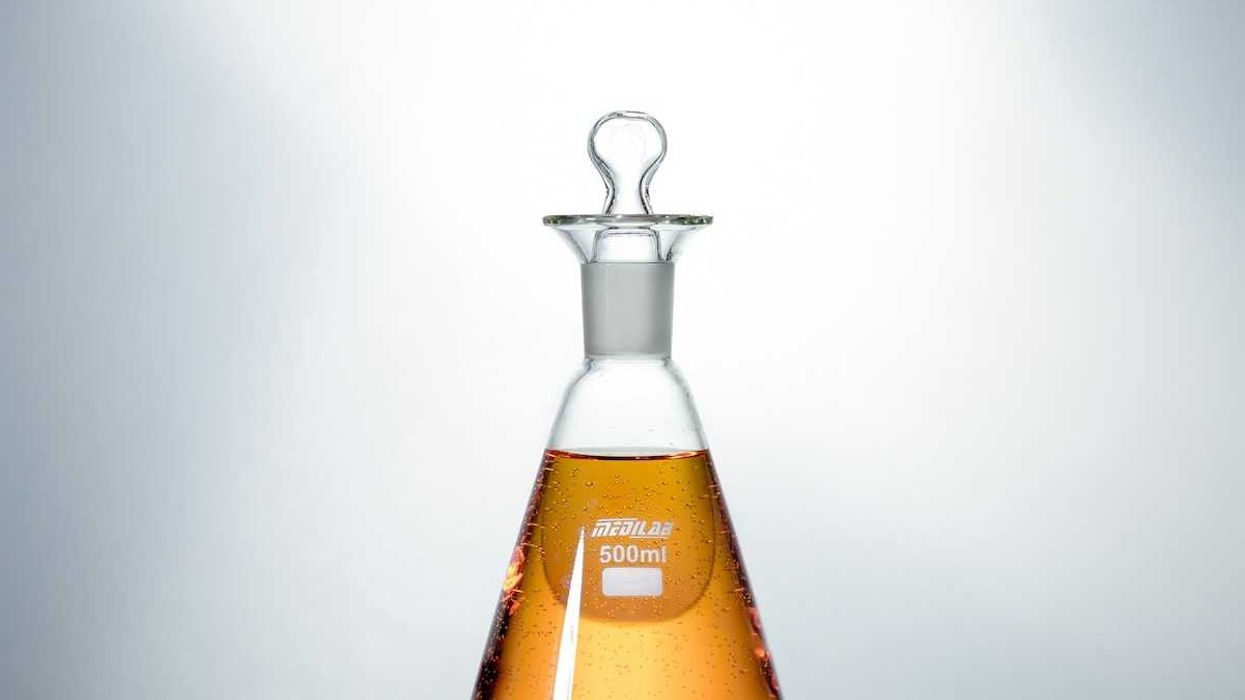In young adult male mice, lifelong exposure to an estrogenic endocrine disrupting chemical (EDC) caused changes to erectile tissue function that are indicative of erectile dysfunction, according to a study recently published in Communications Biology.
In short:
- Exposure to the estrogenic drug DES caused erectile tissue dysfunction in the tissues of exposed mice.
- Directly exposing erectile tissues to DES and genistein, an estrogenic compound found in soy, also caused erectile tissue dysfunction.
- Exposure was also linked to body-wide vascular dysfunction, implying a potential further risk of cardiovascular disease.
Key quote:
“Endocrine disrupting chemicals should be considered and further investigated as an additional independent risk factor for erectile dysfunction, potentially extending into cardiovascular disease.”
Why this matters: The incidence of erectile dysfunction is increasing worldwide, even in younger men. While the doses used in this study were high, occupational exposure to bisphenol A (BPA), an estrogenic EDC used in plastic production, has been associated with increased likelihood of erectile dysfunction in men. This study finds that exposure to EDCs may be an important, yet unidentified, additional contributing factor to erectile dysfunction.
Related EHN coverage:
- Fertility & Environmental Justice: A conversation with Shanna Swan and Annie Hoang
- Count Down: Hormonal havoc in our midst
More resources
On a lighter note, don’t miss Dulcé Sloan’s discussion with EHS scientist and infertility expert Shanna Swan on The Daily Show: Count On It - What’s Going On with Lower Sperm Counts?

















